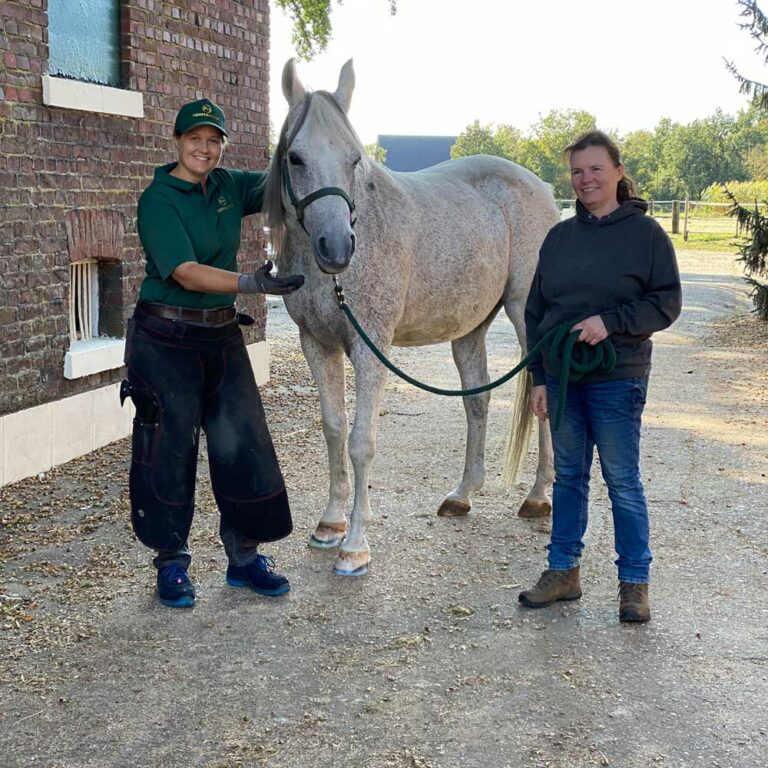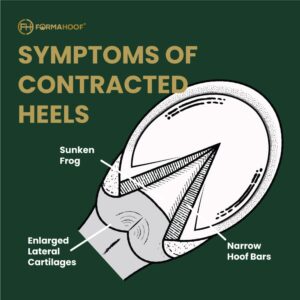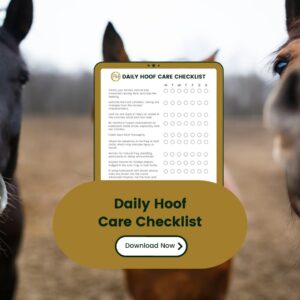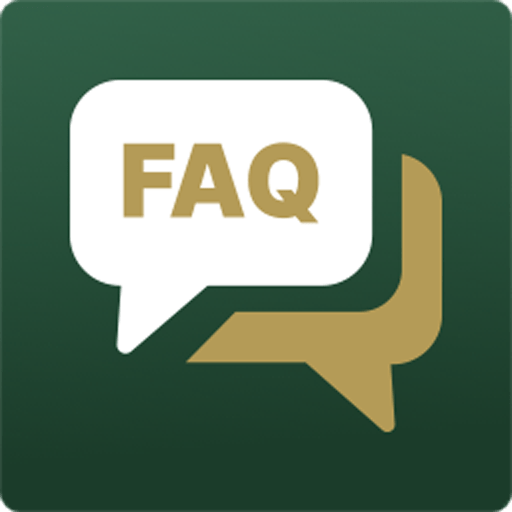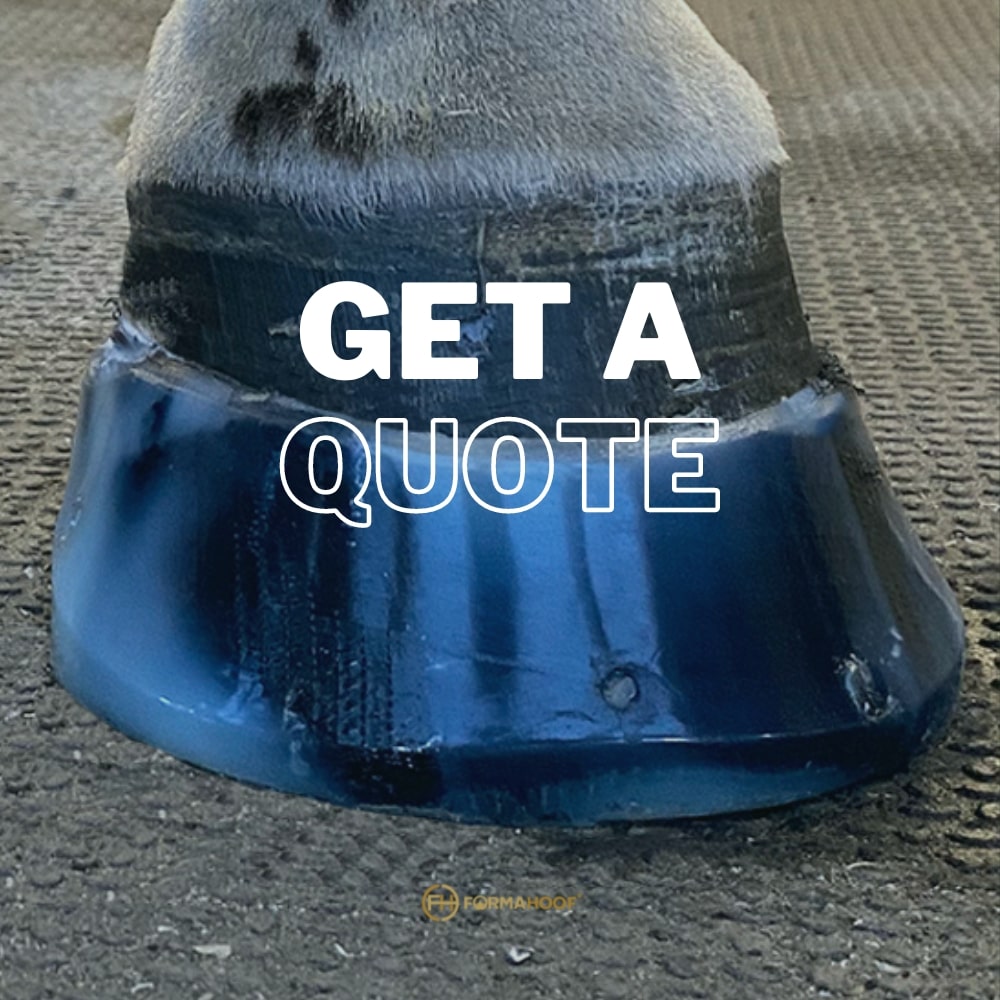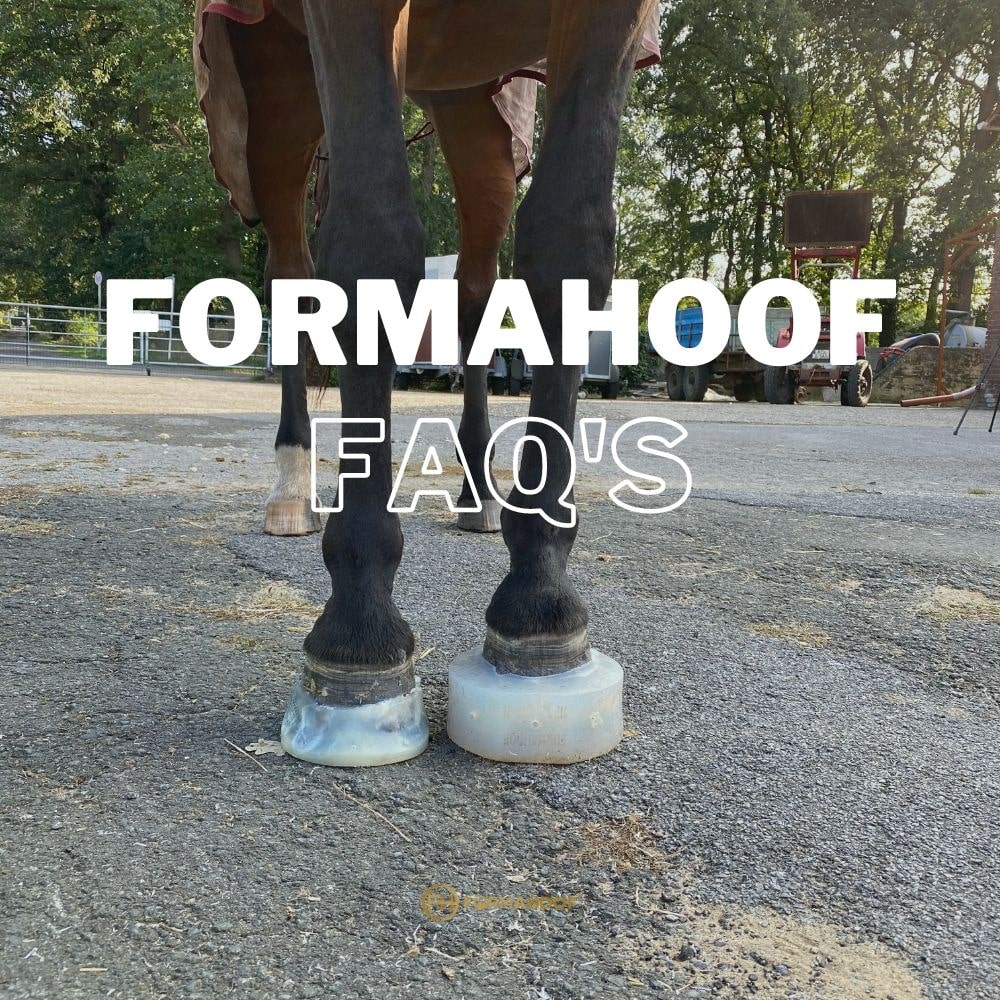10 Tips For A Great Relationship With Your Farrier
We’ve all heard it: “No hoof, no horse.” This timeless equine adage succinctly underscores the paramount importance of hoof health in our horses. Ensuring optimal care often requires a synergy between owner and farrier, a relationship where effective communication and mutual respect pave the way for equine well-being. Let’s delve into 10 pivotal tips to fortify this crucial partnership, ensuring your horse trots smoothly towards peak hoof health!
1. A Meticulous Start: The Art of Preparing Your Horse for the Farrier
When it comes to farrier visits, initiating a seamless experience begins with meticulous preparation. Ensuring your horse’s hooves are clean, dry, and ready for inspection not only facilitates an efficient appointment but also demonstrates respect towards your farrier’s expertise and time. Attending to nuances, such as keeping the horse stable and ensuring yard staff are aptly informed, speaks volumes about your commitment to your horse’s hoof health.
2. The Essence of Punctuality: Navigating Through Schedules and Emergencies
With the bustling schedule of a farrier – often tending to numerous horses each day – honoring appointments and adhering to schedules is paramount. It’s not merely about respecting time; it’s about appreciating the craftsman’s dedication to providing each horse, including yours, with undivided attention and care.
3. Crafting the Ideal Environment: Controlling External Elements
An ambiance of tranquility and stability during the farrier’s work isn’t merely for the horse’s benefit, but equally for the farrier. Ensuring a serene environment, devoid of potential stressors like bustling activity or playful dogs, showcases a thoughtfulness towards the farrier’s task at hand, allowing them to work with focused precision.
4. A Tranquil Approach: The Need for Calm and Patient Interactions
Ensuring that the horse remains calm and cooperative during the farrier’s visit isn’t just a courtesy; it’s an essential safety measure. This might involve training sessions that mimic farrier visits or exploring calming solutions, ensuring each interaction is safe and stress-free for all parties involved.
5. Conversations and Curiosities: Engaging with Your Farrier
Creating a channel for open communication allows you to tap into your farrier’s wealth of knowledge. This mutual exchange of ideas and insights, whether it’s discussing innovative solutions like FormaHoof or exploring new hoof care routines, paves the way for enriched, holistic care, tailored to your horse’s unique needs.

6. An Ongoing Commitment: Daily Hoof Care Practices
Your horse’s hoof health is a continual journey, where daily care practices lay the foundation upon which the farrier builds. Engaging in regular hoof maintenance, from daily cleanings to monitoring for signs of issues, ensures your farrier is able to provide the most beneficial service on each visit.
7. The Watchful Guardian: Observing and Reporting Hoof Changes
Being the first line of defense in identifying and communicating any changes or issues in your horse’s hooves strengthens the efficacy of your farrier’s work. From noting subtle changes to alerting the farrier to more prominent issues, your observations are crucial in crafting a responsive and adaptive hoof care strategy.
8. The Bonds of Trust: Fostering Loyalty with Your Farrier

A relationship built on loyalty and trust allows for consistent and progressive care strategies to unfold. Your farrier becomes intimately familiar with your horse’s hooves, enabling them to develop and implement a finely-tuned care plan that evolves alongside your horse’s needs and challenges.
With no consistency, farriers cannot build a routine to progressively improve your horse’s hoof quality. Furthermore, who do you call in case of an emergency? Do you really expect someone who trimmed or shod your horse once to come and sort your problem at short notice? You may be lucky in some cases, but it’s always better to have the peace of mind.
9. Appreciation in Action: Valuing Your Farrier’s Services
Financial respect and timely payments reflect your appreciation for your farrier’s expertise and commitment. It ensures that the relationship remains firmly anchored in mutual respect and consideration, fostering a collaborative partnership where both parties feel valued and respected.
10. A Gracious Host: Cultivating a Welcoming Atmosphere
Beyond the professional interaction, extending gestures of hospitality and maintaining a friendly demeanor solidifies a positive working relationship. Whether it’s offering refreshments or ensuring a clean workspace, these acts of kindness weave a tapestry of goodwill and cooperation.
Riding into a Future of Healthy Hooves
Embarking on this journey towards optimal hoof health, the relationship with your farrier becomes a beacon, illuminating the path towards sustained well-being for your horse. It’s a synergy where your daily care practices intertwine with the farrier’s specialized expertise, ensuring each stride your horse takes is supported by a foundation of comprehensive, compassionate care.
Connect and Converse: Engage with a Community of Equine Enthusiasts
As we navigate through the various trots and gallops of hoof care, connecting with a wider community can provide additional insights, shared experiences, and a collective wisdom that enriches our own journey. Engage with us, share your stories, and let’s trot towards a future of healthy hooves and happy rides together!

